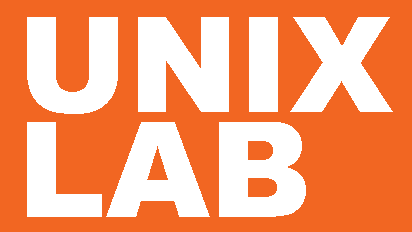Red Hat Certified System Administrator Rapid Track course
Course ID : RH199
Duration In-class (в days) : 5 days
Duration Online : 5 days
Сurriculum : in-class, Virtual Instructor-Led Training - ONLINE
Overview
Learn essential Red Hat Enterprise Linux configuration, administration, and maintenance in a condensed format designed for experienced Linux system administrators
The RHCSA Rapid Track course (RH199) features Red Hat® Enterprise Linux® 9 and is designed for those who already have significant experience with Linux administration. This course combines the significant content of Red Hat System Administration I (RH124) and Red Hat System Administration II (RH134), reviewing the tasks at an accelerated pace.
This course is based on Red Hat® Enterprise Linux 9.0.
Audience for this course
This course is geared toward Windows system administrators, network administrators, and other system administrators who are interested in supplementing current skills or backstopping other team members, in addition to Linux system administrators who are responsible for these tasks:
- Configuring, installing, upgrading, and maintaining Linux systems using established standards and procedures
- Providing operational support
- Managing systems for monitoring system performance and availability
- Writing and deploying scripts for task automation and system administration
Objective
Course content summary
- Package management with new repository structure and appstream modules
- Create storage devices, volumes, and file systems, including Stratis storage management
- Configure network services and security
- Manage processes, scheduling, and tuning
- Manage users, groups, and authentication
- Perform server management with the Cockpit web management utility
- Troubleshoot and obtain support
- Run containers
Prerequisites for this course
You will be expected to already understand fundamental Linux computing concepts and be ready to practice the Red Hat Enterprise Linux methods for performing system administration tasks. Significant field experience working with Linux as a system administrator is recommended.
If you do not have experience with fundamental Linux computer concepts, we advise you to start with the Red Hat System Administration I (RH124) course instead.
Outcomes
Impact on the organization
Administration, configuration, and rapid deployment of Red Hat Enterprise Linux is the foundation for efficient IT infrastructure. This training provides your team members with a solid foundation in Linux system administration, for improved ability to manage your infrastructure efficiently. It helps to provide better system reliability, improve efficient system and storage utilization, and respond faster and more accurately to system failures. This course will lay the foundation for new Linux system administrators to efficiently and securely resolve configuration issues, integrate Red Hat Enterprise Linux with other existing systems, manage user and group administration, and use available storage solutions. The rapid pace can quickly turn a computer professional with basic knowledge of Linux into a fully capable Linux administrator.
Red Hat has created this course in a way intended to benefit our customers, but each company and infrastructure is unique, and actual results or benefits may vary.
Impact on the individual
As a result of attending this course, you should be able to perform essential Linux system administration tasks, including establishing network connectivity, managing physical storage, and executing basic security administration.
You should be able to demonstrate these skills:
- Access the command line locally and remotely
- Manage files from the command line
- Manage local users and groups
- Monitor and manage Linux processes
- Control services, daemons, and the boot process
- Manage services provided in existing container images
- Manage tuning profiles for system performance
- Control access to files with file system permissions
- Analyze and store log files
- Configure and secure the OpenSSH service
- Install and update software packages and appstreams
- Manage Linux file systems and volumes
- Manage Linux networking and firewalls
Outline
- Access systems and get help
- Navigate file systems
- Manage local users and groups
- Control access to files
- Manage SELinux security
- Tune system performance
- Install and update software packages
- Manage basic storage
- Control services and the boot process
- Manage networking
- Analyze and store logs
- Implement advanced storage features
- Schedule future tasks
- Access network-attached storage
- Manage network security
- Running Containers




